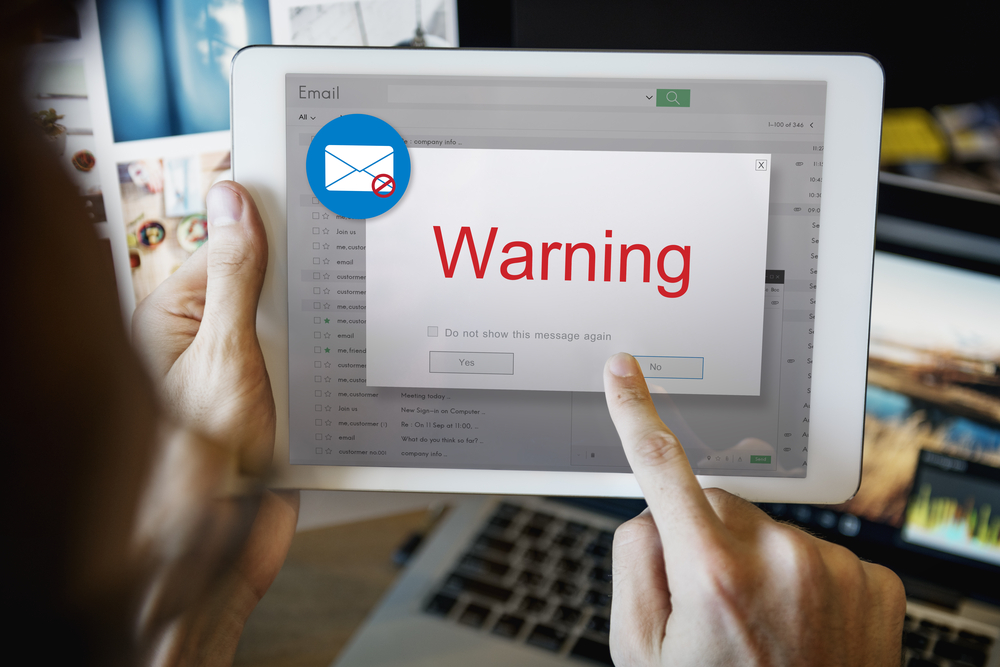The worst viruses that can attack your computer
Computer viruses are in existence since the introduction of the computer itself. It is a common belief that viruses are malicious programs that spread through the Internet. But this is not entirely true. Computer viruses were dispersed through relatively older networks as well. With the technological advancement of the computers and Internet, the disruptive potential of the viruses also increased to a great extent.

Here is the list of the three worst computer viruses ever created –
Melissa
During the late 1990s, Microsoft Windows dominated the whole computing world. If a person or business had a computer, it almost certainly had Windows 95 or 98 as its operating system. The Melissa virus creator took advantage of this monoculture of Windows by creating a program that affected bundled software like Word and Outlook.
It was the first most powerful email-activated virus. Its design is still influential. Based on a Word macro, it executed automatically in MS Word 97 and 2000. Everybody who received a Melissa-laced email was asked to open the Word document attached to it. As soon as the document is opened, the virus replicated itself into 50 fresh emails. These were then sent to the top contacts in the recipients’ Outlook address books. This resulted in an overwhelming email traffic.
The corporate networks of that time which were relatively primitive were not designed or equipped to handle such a situation. Thus, people were forced to temporarily suspend operations.
Conficker
Conficker first started in 2008. It is also known as Downadup, Kido, and Downup. It is one of the most resilient computer viruses ever encountered. It is a grab bag of radical malware techniques. It has several variants. It was designed specially to evade detection which is quite similar to the characteristics of an actual biological virus.
Conficker targets a vulnerability in Windows OS. It has infected several million computers and thus establishing the infrastructure for a botnet. Once a computer is infected with this virus, it disables the automatic backup settings and several security features. It deletes restore points as well. It then opens up connections to accept instructions from a remote computer. As soon as it gains access to the first computer, it goes on to capture the rest of the computers in the network.
This virus spreads in different ways. It can copy itself to different shared folders, exploit the AutoRun utility for removable media, etc. Among the various variants, Conficker C, which is the most recent, exploits peer-to-peer networking abilities to boost its spread.
In order to protect your computer from this virus, you need to keep the computer’s patches up-to-date, install a good antivirus, use a strong password, disable AutoRun, and ensure the shared folders are protected.
WannaCry
This is the latest of all the computer viruses mentioned here. It has taken a quantum leap in the impact and scope of ransomware. This malware holds computer files as a hostage and asks for a ransom to return them. It encrypts the files and asks for Bitcoin as ransom. If it is not paid within three days, the amount doubles. This program threatens to delete everything if the ransom is not paid within seven days.
WannaCry made itself visible during May 2017. Just a short time before, a series of online leaks revealed a critical flaw in the Windows operating system. This ransomware affected organizations globally. It affected FedEx, the National Health Service in the UK, and automobile factories in France. As of now, this malware has been contained but it could come back stronger and more dangerous.
Every computer or laptop is susceptible to a virus attack. The best way to remain protected from viruses is to keep your system updated all the time and use tools like internet security and antivirus.











